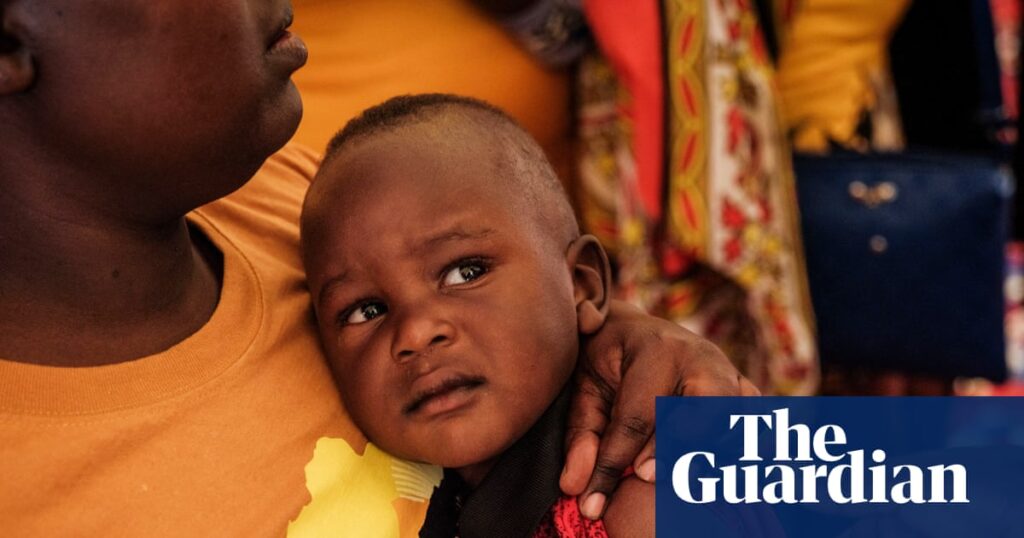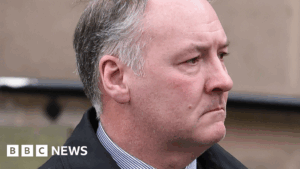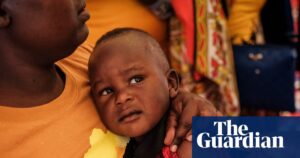
The World Health Organization (WHO) has announced a significant reduction in its workforce, projecting a shrinkage of nearly a quarter, or over 2,000 jobs, by the middle of next year. This move comes as the organization seeks to realign its operations following the withdrawal of funding by its largest donor, the United States.
The decision by the US, under President Donald Trump’s administration, to exit the WHO upon taking office in January has prompted the agency to scale back its operations and halve its management team. As the UN health agency’s most substantial financial backer, the US contributed approximately 18% of the WHO’s overall funding.
Impact of US Withdrawal on WHO Operations
The Geneva-based WHO anticipates a reduction of 2,371 positions by June 2026, down from 9,401 in January 2025. This decrease will result from job cuts, retirements, and natural departures, as outlined in a presentation to be shown to its member states. This figure excludes the many temporary staff and consultants who have already been made redundant, according to UN sources.
A WHO spokesperson confirmed that the workforce could shrink by up to 22%, contingent on how many vacant positions remain unfilled. Although hundreds of staff have already departed, this is the first comprehensive disclosure of the expected changes to the global staff.
“This year has been one of the most difficult in WHO’s history, as we have navigated a painful but necessary process of prioritisation and realignment that has resulted in a significant reduction in our global workforce,” said Director-General Tedros Adhanom Ghebreyesus in a message to staff.
Financial Challenges and Budgetary Gaps
The WHO is also grappling with a substantial budgetary shortfall. The organization’s slides reveal a $1.06 billion gap in its 2026-2027 budget, nearly a quarter of the total required, although this is a reduction from an estimated $1.7 billion gap in May. This budget gap excludes $1.1 billion in expected funding from deals at various negotiation stages.
The spokesperson noted that the proportion of the two-year budget currently unfunded is lower than in previous years. This improvement is attributed to a smaller budget, the initiation of a fundraising round, and an increase in mandatory fees from member states.
The Road Ahead for WHO
Despite the challenges, the WHO is preparing to move forward with a reshaped and renewed organization. Director-General Ghebreyesus emphasized the necessity of these changes and expressed optimism about the organization’s future direction.
“We are now preparing to move forward with our reshaped and renewed Organization,” Ghebreyesus added.
The announcement of these workforce reductions and budgetary adjustments marks a pivotal moment for the WHO as it navigates its future without the financial support of its former top donor. The organization will need to rely on increased contributions from other member states and successful fundraising efforts to sustain its global health initiatives.
As the WHO moves forward, the implications of these changes will be closely monitored by the international community, particularly in light of ongoing global health challenges. The organization’s ability to adapt and maintain its critical role in global health governance will be crucial in the coming years.







